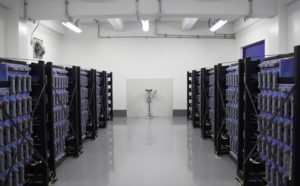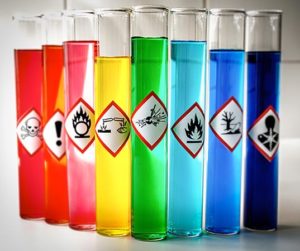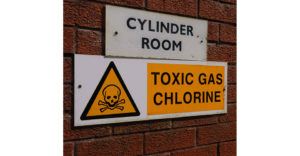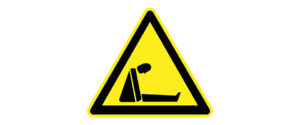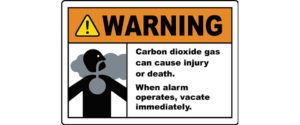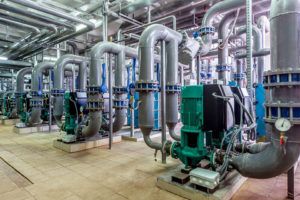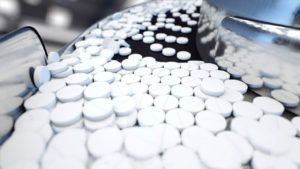Lithium-Ion Batteries Rechargeable lithium-ion (“Li-ion”) batteries (comprised of cells in which lithium ions move from a negative electrode through an electrolyte to a positive electrode during discharge—and the other way around when charging) were first described conceptually in the 1970s. Following initial prototype development in the 1980s, li-ion batteries became commercially viable in subsequent decades, […]
READ MORE
On January 31, 2022, a fire at a North Carolina fertilizer manufacturing facility caused officials to urge residents living nearby to stay away from their homes due to an increased risk of a possible explosion at the facility. People with respiratory issues were likewise advised to take precautions to minimize their potential exposure to toxic […]
READ MORE
What is chlorine? Chlorine gas (Cl2) is a dense, yellow-green gas that has a distinctive, irritating odor that is similar to bleach and is almost instantly noticeable even at very low concentrations. While Cl2 is not flammable, it may react explosively when exposed to other gases, including acetylene, ether, ammonia, natural gas, and hydrogen, among […]
READ MORE
What is Oxygen Deficiency? The air we breathe is made up of 78% nitrogen, 21% oxygen, and trace amounts of other gases such as carbon dioxide, neon, and hydrogen. The Occupational Safety and Health Administration (OSHA) defines an environment in which oxygen levels fall below 19.5% as an oxygen-deficient atmosphere, which should be treated as […]
READ MORE
What is Carbon Dioxide? Carbon dioxide is the fourth most abundant gas in the earth’s atmosphere after nitrogen, oxygen, and argon. At room temperature, carbon dioxide (CO2) is a colorless, odorless, non-flammable gas, but at different temperatures and pressures, carbon dioxide can be a liquid or a solid (i.e., dry ice). Carbon dioxide is produced […]
READ MORE
In an effort to prevent boiler room accidents due to elevated levels of carbon monoxide, the Texas Department of Licensing and Regulation (TDLR) has adopted new regulations regarding carbon monoxide (CO) gas detection equipment that is used in boiler rooms built on or after September 1, 2020.
READ MORE
The manufacture of pharmaceutical products is a complex and multi-stage operation that can include processes such as blending, wet and dry granulation, milling, hot-melt extrusion, coating, and tablet pressing. Producing the exact formulation, release rate, consistency, and dosage form requires many chemical compounds and substances. Among the mare active pharmaceutical ingredients (API), the primary and […]
READ MORE
Centuries ago, merchants and shippers would place a lit candle inside barrels used to store biscuits before closing the lid. The idea was that the candle flame would deplete the oxygen inside the barrel to help keep the biscuits from spoiling. These days, the candle flame has been replaced by processes called Modified Atmosphere Packaging […]
READ MORE
In December 2020, two employees working at a Vernon, California food processing plant lost consciousness and died following an apparent liquid nitrogen leak. On January 28, 2021, there were several fatalities, and many other employees became sick, after being exposed to nitrogen gas when a liquid nitrogen line ruptured at a food processing plant in […]
READ MORE


